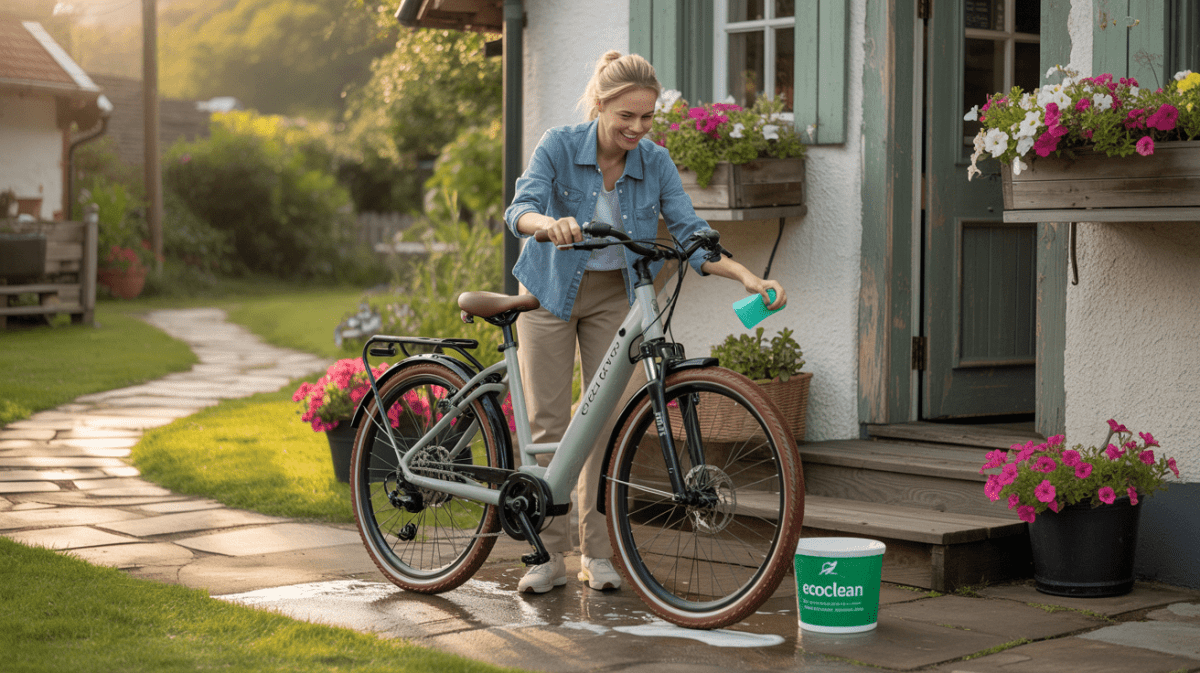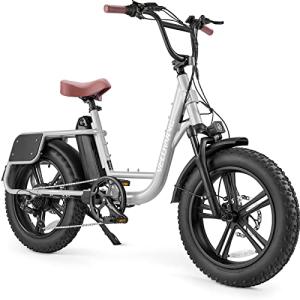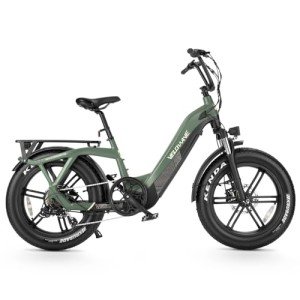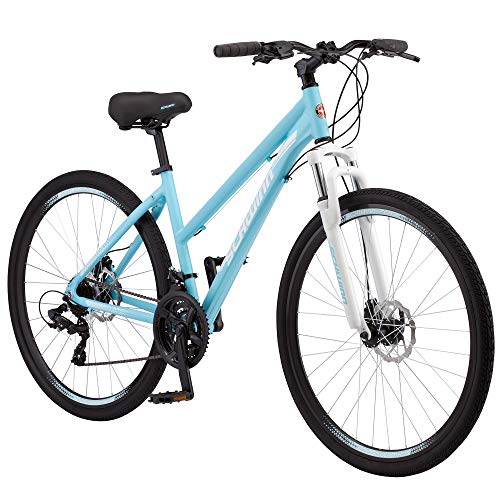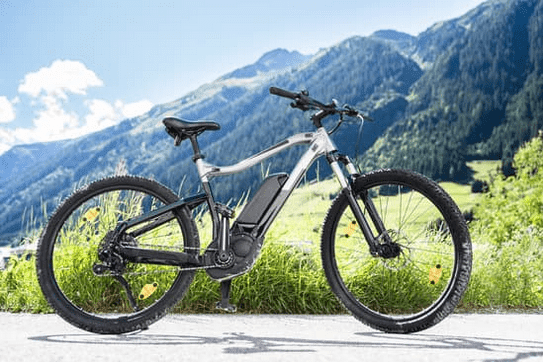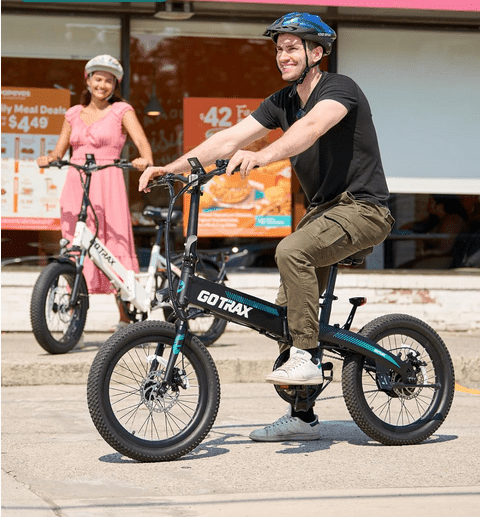Tips for keeping your e-bike clean and safe:

I want my ride to last and run smoothly. A quick, careful clean keeps components from wearing out and preserves stopping power and shifting feel. I always start with a simple plan that saves me time and trouble in the long run.
First things first: I power down the bike, remove the battery, and cover displays and ports. These small moves are the best protection against moisture and unwanted damage.
I pick a shaded spot with water access and room to move. That keeps soap from drying too fast and makes it easy to use a two-bucket system, soft brushes, warm water, and a low-pressure rinse.
My routine focuses on safe cleaning of the frame and drivetrain, careful drying with microfiber cloths, and a quick relube of the chain. After I check tire pressure and controls, I take a short test ride to confirm performance.
Key Takeaways
- Power down and remove the battery before any work.
- Work in shade, use a two-bucket setup, and low-pressure rinse.
- Avoid harsh chemicals and high-pressure hoses that force moisture into seals.
- Dry the chain thoroughly, relube it, and check the tire pressure before riding.
- Regular care removes dirt that accelerates wear and protects performance.
Why I Keep My E-Bike Clean and What “Safe Washing” Really Means
When I wipe away road grime, I’m actually protecting bearings, rotors, and drivetrain parts. I wash for three clear reasons: performance so the assist feels smooth, longevity so parts last, and safety so braking and handling stay predictable.
In the U.S., mud and city dirt pile up fast after rain or winter commutes. That build-up grinds at chains, cassettes, and seals. Over time, contamination reduces performance and can cause corrosion or costly damage.
I pay special attention to components that suffer most—brake rotors, pulleys, and the drivetrain. I use bike-specific cleaners and soft brushes that lift grit without scratching finishes.
"After muddy rides, a careful post-ride clean prevents buildup and costly repairs."
I avoid high-pressure jets because they can force water past seals and into sensitive electronics or bearings. Instead, I focus on targeted rinses, gentle soaps, and quick inspections so small issues don’t become mid-ride problems.
| Why I Clean | What I Watch | Result |
|---|---|---|
| Performance | Chain, cassette, motor housing | Smoother assist and shifting |
| Longevity | Bearings, seals, brake rotors | Fewer repairs and longer parts life |
| Safety | Brake pads, tires, mounts | Consistent stopping and handling |
- I clean more after muddy trail days and less after dry city rides.
- Spot dirt or feel grit? That’s my cue for at least a wipe-down.
Prep First: Power Down, Remove the Battery, and Protect Electronics
I always shut the system down and lift the battery out before I touch a single drop of water. That small step cuts the risk of shorts and keeps the main contacts safe while I work.
Turn off the power, remove the battery, and seal the bay. I seal the compartment and point the battery bay slightly down so stray drips run away from the opening. Removing accessories that have quick-release mounts also speeds up cleaning and protects sensitive components.
Cover displays, ports, and sensors. I wrap displays and charge ports with waterproof film and tuck a small cloth under the wrap to catch any moisture. I unplug plugs that could wick water into wiring and check rubber gaskets for grit before sealing.
Choose the right workspace
I pick a shaded, open area with good drainage and a nearby water source so soap won’t dry into spots. I use low pressure and angle the rinse away from bearings and electrical components rather than blasting with a high-pressure hose.
"Low pressure and careful prep protect the bike’s battery and sensitive parts better than brute force."
- I set out microfiber towels, a soft cloth, and brushes so I don’t hunt for tools with wet hands.
- I keep a catch mat or pan under the bike in a garage to prevent slips and contain runoff.
My Go-To E-Bike Cleaning Kit

I keep my cleaning kit organized on a folding tray so every tool is within arm’s reach. That saves time and keeps the washing process flowing smoothly without interruptions.
Two buckets of warm water are my foundation: one for soap and one for rinse. This prevents redepositing grit and protects the finish.
I use a large sponge and a mix of brushes. A soft brush works on the frame and a stiffer brush tackles tires and the drivetrain. I always keep a separate brush for brakes.
For drivetrain care I carry a chain-specific degreaser, proper chain lube, and small picks or an old toothbrush for tight gaps. A silicone or PTFE-based spray is optional for metal parts away from rotors and pads.
If I clean outdoors I run a low-pressure hose. Inside the garage I stick with buckets only to control water and avoid soaking bearings or ports.
| Item | Use | Why it matters | Notes |
|---|---|---|---|
| Two buckets | Soap + rinse | Prevents grit reuse | Warm water speeds cleaning |
| Sponge & brushes | Frame, tires, drivetrain | Right tool for each surface | Separate brake brush |
| Degreaser & lube | Chain, cassette, chainring | Removes oil without residue | Use chain-specific products |
| Microfiber cloth & spray | Drying & protectant | Prevents smudges, beads water | Apply spray away from pads |
- I choose mild bike cleaners made for finishes and seals — not household chemicals.
- I position everything in reach so the job stays steady and efficient.
How to Wash Your Electric Bike Without Damaging Electronics: Step-by-Step

I begin with a quick tap and a light brushing so loose mud and grit fall away. This keeps me from rubbing grit into paint or bearings when I add water.
Start dry: I sweep larger clumps off the frame and wheels with a soft brush, then check mounts for stuck stones.
Light rinse only: I use a bucket or a low-flow hose and keep pressure low. No pressure washers at least 10 feet away from the motor and seals.
Soap top-down: With a mild cleaner, I work from the handlebars down. A sponge lifts grime on painted surfaces and a soft brush reaches tight angles.
Drivetrain focus: I apply chain degreaser, scrub the chain, cassette, and chainring with a small brush, then rinse lightly while spinning the cranks.
Motor and electrical components: I wipe motor housing, battery case, and wiring with a damp cloth only. I avoid direct spray on connectors or bearings.
Wheels and guards: Tires and mudguards get a firmer brush. I check sidewalls and mounts for cuts or loose bolts.
Final rinse: A gentle pass rinses soap off without pooling at seals. I let runoff carry grit away and then inspect for missed spots.
| Step | Tool | Water Use | Focus |
|---|---|---|---|
| Start dry | Soft brush | None | Remove loose dirt |
| Light rinse | Bucket or low-flow hose | Low | Avoid seals & motor |
| Drivetrain | Degreaser + small brush | Minimal | Chain, cassette, chainring |
| Finish | Damp cloth & sponge | Gentle | Wipe motor, check parts |
Drying Done Right and Post-Cleaning Care I Never Skip
I begin by blotting large wet areas with a microfiber towel, then move on to crevices and mounts. This first pass pulls off most water and makes the next steps faster.
Microfiber towel off, then air-dry in a ventilated, shaded area
I use clean towels to absorb moisture under the saddle and around the bottom bracket. I then set the bike in a shaded, breezy spot so hidden droplets evaporate without sun spots.
Prevent rust: inspect for trapped moisture and use a protectant if desired
I tilt and gently shake the frame to coax water from tight joints. Then I check bolts, chain, and small hardware for any sign of rust.
- If I want extra protection, I apply a light, bike-safe spray on metal surfaces away from rotors.
Relube the chain, wipe excess, and check tire pressure
I relube one link at a time while backpedaling slowly and then wipe both faces so lube stays inside the rollers. I check tire pressure against the sidewall spec before riding.
Reinstall the battery only after everything is fully dry
I always remove battery before cleaning and only re-seat it after I verify contacts and housings are dry and clean. I take the extra time for a quick function check—brakes, shifting, and assist—so performance is ready for the next ride.
"A careful dry and small checks after cleaning save time and prevent bigger problems."
Cleaning Frequency, Common Mistakes, and Pro Tips for U.S. Riders
I match each cleaning session to what the ride left behind. Quick wipes keep grime from settling. Routine washes prevent dirt from wearing down parts.
When I do a quick wipe, a routine wash, or a deep clean
After muddy rides, I perform a thorough post-ride clean to prevent rust and maintain optimal performance. For regular commuting, I use light cleans every week or two. A deeper monthly check lets me degrease, relube, and inspect components closely.
Avoid these common mistakes.
- I never use high-pressure hoses; excess pressure can force water into seals and cause damage.
- I skip harsh household cleaners and choose bike-safe cleaners that protect finishes and seals.
- I keep water targeted away from hub, headset, bottom bracket, and seatpost bearings.
- I give special attention to brakes, tires, and drivetrain first — these parts affect safety most.
| Cadence | Focus | Benefit |
|---|---|---|
| Quick wipe | Brakes, tires | Better control next ride |
| Routine wash | Frame, drivetrain | Less wear on parts |
| Deep clean | Degrease, relube | Longer life, prevent rust |
I keep a small kit near the door so a five-minute wipe is easy. I also add a quick power and brake check after cleaning so the bike is ready when I am.
Conclusion
I keep a simple rinse-and-check routine that fits into a weekend or a five-minute stop. These steps protect the bike and save me time while keeping performance reliable.
I focus on gentle cleaning and targeted water use. A quick sweep, a mild soap pass, and spot work on the drivetrain give the biggest payoff. The chain gets special attention because it rewards care with quieter pedaling and crisper shifts.
I limit moisture near the frame, motor, and other sensitive components. I only wipe electrical components with a damp cloth and dry fully before reinstalling the battery. A final brake, shift, and assist check tells me the clean e-bike is ready to roll.
FAQ
What steps should I take to prepare my e-bike for cleaning?
I always power the system off, remove the battery, and lock it away. I also unplug any external accessories and close or seal compartments that house displays, controllers, and connectors.
Can I use a pressure washer on the frame or motor?
I never use pressure washers. High pressure can force water into motors, bearings, and connectors. A low-pressure hose or a bucket-and-sponge method keeps things safe.
How do I protect the display, ports, and sensors?
I cover displays and ports with plastic wrap or small zip bags and secure them with rubber bands or painter’s tape. For exposed sensors I use breathable waterproof tape so moisture can’t pool.
What cleaning products and tools do I recommend?
I keep a mild bike-specific cleaner, a two-bucket setup, microfiber cloths, soft frame brushes, a stiff brush for tires, a degreaser for the drivetrain, and chain lube. I may add silicone protectant for metal if needed.
How should I clean the drivetrain without harming electronics?
I focus on the chain, cassette, and chainring with a degreaser and brushes while avoiding sprays near the motor or wiring. I wipe parts dry before relubing and never soak the bearings.
Is it safe to remove the wheel or leave the bike on a stand?
I remove the wheel if I need better access to the drivetrain or brakes. A stable stand helps me work safely and keeps the motor and wiring at a distance from cleaning water.
What’s the best way to rinse after soaping?
I give a gentle rinse from top to bottom with a low-pressure hose or pour clean water from a bucket. I avoid directing water at the motor, bottom bracket, headset, and connector areas.
How do I dry the e-bike, and when can I reinstall the battery?
I towel off with microfiber, let the bike air-dry in a shaded, well-ventilated area, and inspect it for any trapped moisture. I wait until everything is fully dry — often 1–2 hours depending on conditions — before reinstalling the battery.
How often should I clean my bike based on the riding conditions?
I perform a quick wipe after short, dry rides; a routine clean every week or every few rides in mixed conditions; and a deep clean after muddy, salty, or long, wet rides to protect performance and longevity.
What common mistakes should I avoid?
I avoid pressure washers, harsh solvents that strip grease or damage seals, soaking electrical connectors, and relubing a wet chain without drying first. I also don’t rush reassembly until everything is dry.
Can I spray chain cleaner while the wheel is on the bike?
I can, but I keep sprays targeted and use a rag to shield nearby components. If I need heavy degreasing, I sometimes remove the wheel or use a chain-cleaner tool to limit overspray.
Should I use rust protectant or silicone spray on metal parts?
I use a light rust inhibitor on exposed bolts and fasteners, and a small amount of silicone protectant on pivot points, if approved by the manufacturer. I avoid spraying near brake pads, rotors, and electrical contacts.
Are there any tips for winter or salt-road care in the U.S.?
I rinse salt off as soon as possible with fresh water, dry it thoroughly, and apply corrosion protection to vulnerable metal. I increase cleaning frequency and inspect seals, bearings, and connectors more often.
What should I do if I suspect water got into the motor or battery compartment?
I remove the battery and let the bike dry in a warm, ventilated spot. I check for corrosion, and if I see any moisture inside housings or the motor, I contact the manufacturer or an authorized technician before riding.
Are there any brand recommendations for cleaners or lube?
I prefer well-known cycling brands like Muc-Off, Finish Line, Park Tool supplies, and Pedro’s for cleaners and degreasers. For chain lube, I often use Finish Line or Rock N Roll products, following the e-bike maker’s guidance.
DISCLAIMER
This document is provided for general information purposes only and should not be relied upon as providing legal advice, technical, or specific operational guidance to the reader, whether as to the practices described in the document or the applicable legal requirements and regulations. justelectricbikes.com expressly disclaims any responsibility for liability arising from or related to the use or misuse of any information in this document.
